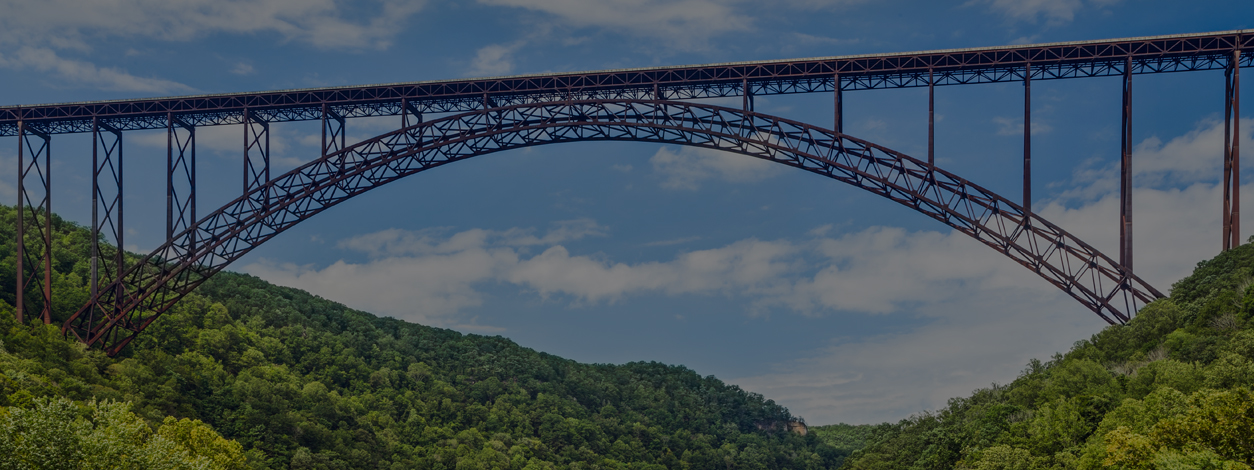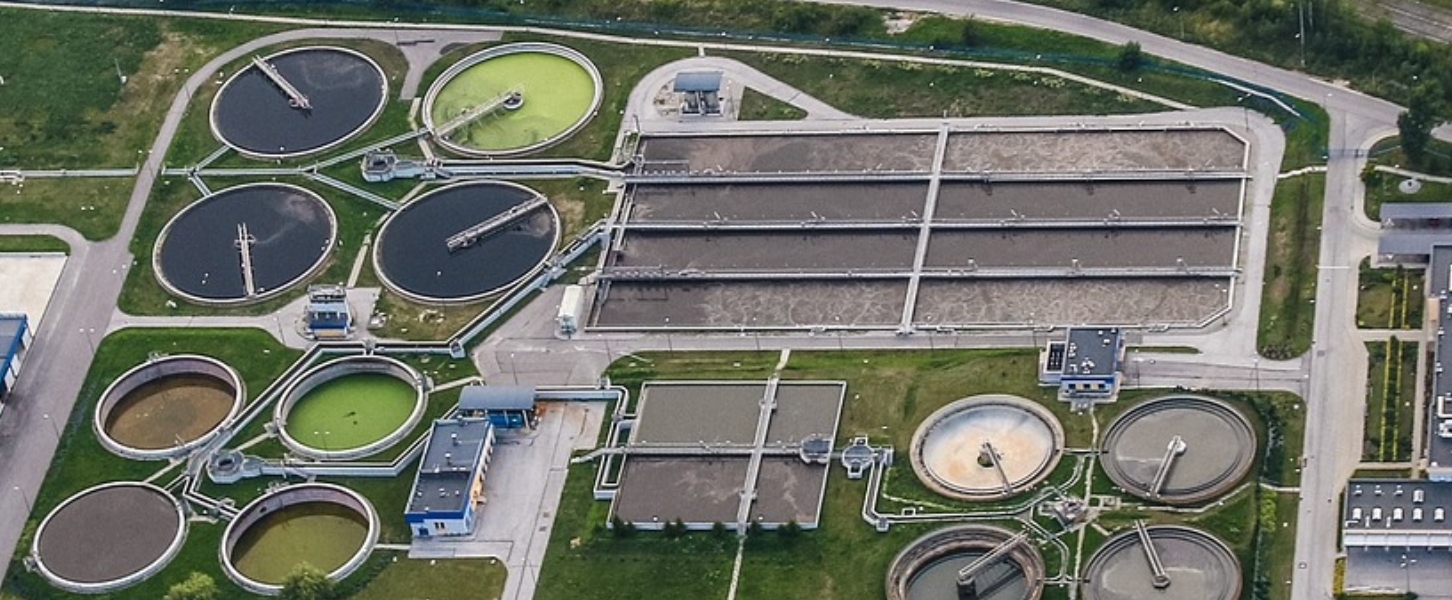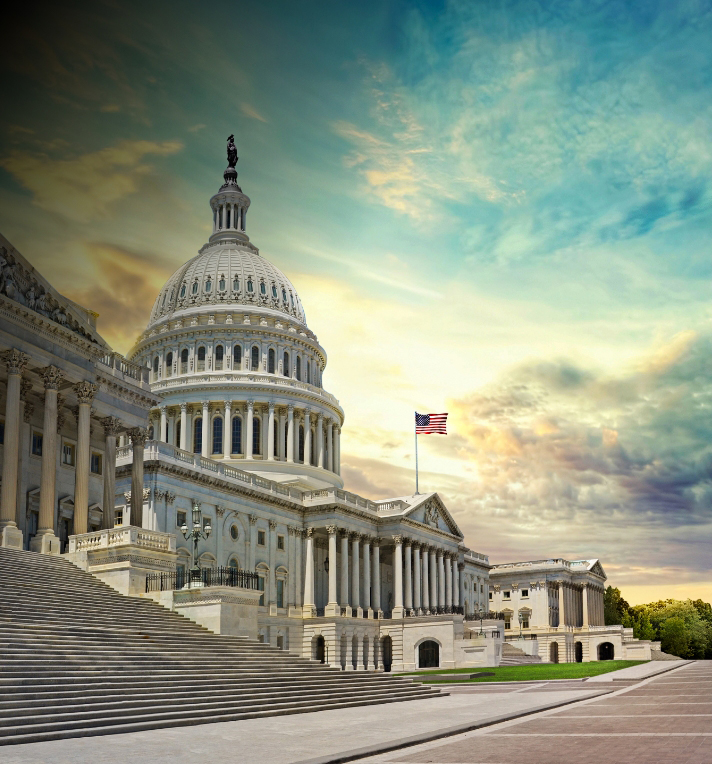2020 Infrastructure Report Card: D
West Virginia is full of natural beauty due to its rivers, lakes, and mountains. Residents and visitors enjoy fishing, boating, and hiking, but depend upon the state’s critical infrastructure to access and preserve these resources while also as providing for other everyday needs. However, much of the state’s infrastructure constructed over the past 70 years has deteriorated, while new construction, replacement, rehabilitation and repair efforts have not kept pace with the needs. Additionally, West Virginia’s population is declining, contributing to a smaller tax base available to help pay for necessary infrastructure modernization. West Virginia’s challenges beg important questions: How will West Virginians maintain the aging infrastructure necessary to ensure our families, friends, and visitors are safe? Does the state have adequate resources to maintain safe roads and bridges, provide clean drinking water, properly collect and treat wastewater, and ensure dams protect households and property?
Fortunately, civil engineers focus on these types of infrastructure questions every day. The West Virginia Section of the American Society of Civil Engineers (ASCE) evaluated key aspects of our state’s infrastructure to inform the public and lawmakers about the health of the infrastructure that impacts all of our lives. The 2020 West Virginia Infrastructure Report Card represents the first evaluation performed by the West Virginia Section of ASCE and focused on five categories of infrastructure.
Click here to read the West Virginia executive summary.
-
Explore West Virginia
- Grades
- State Fact Sheet
- IIJA Grants
West Virginia Infrastructure Grades
A: Exceptional, B: Good, C: Mediocre, D: Poor, F: Failing
Each category was evaluated on the basis of capacity, condition, funding, future need, operation and maintenance, public safety, resilience, and innovation
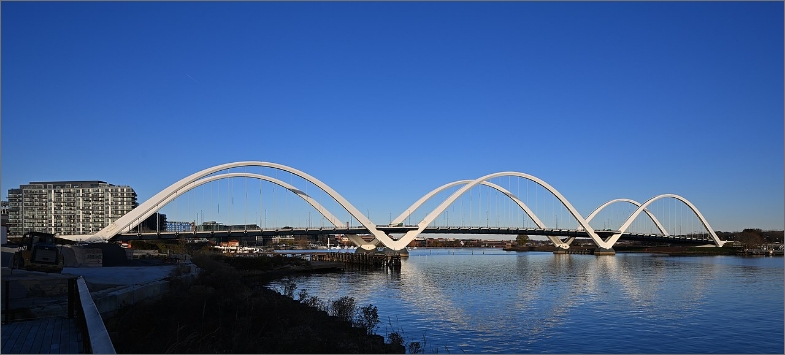

Bridges
It is crucial for West Virginia to have an exceptional bridge network so that residents and visitors can enjoy the beautiful mountain ranges and scenic views the state’s blessed with. Over 95% of the state’s 7,291 bridges are maintained by the West Virginia Division of Highways (WVDOH). Of those bridges, 21% or 1,531 are structurally deficient, a much higher percentage than the national average of 7%. Replacing, widening, strengthening, or repairing efforts are estimated to cost the state around $2.9 billion. In 2017, to address this investment need, the state increased the gas tax by 3½ cents per gallon which generates an additional $750,000 per year in funding. In that same year, the state also voted to fund The Roads to Prosperity initiative that includes funding measures that are expected to generate approximately $2.8 billion for highway and bridge construction over several years.
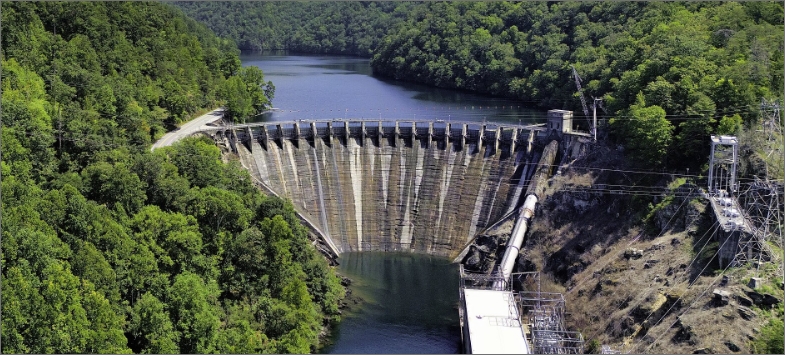

Dams
Since the Buffalo Creek Dam failure in 1972, West Virginia continues to make improvements to dams across the state. Assistance from regulatory agencies is increasing with additional funding and staffing. Seventy-five percent of the state’s dams are classified as high hazard potential, and 75% of those have current Monitoring and Emergency Action Plans (MEAPs) – essentially tying the national average of 74%. Approximately 89% of West Virginia’s state-regulated high hazard dams are rated to be in fair or satisfactory condition compared to approximately 71% nationwide. With ever-rising costs for operation, maintenance, and repair, West Virginia still faces funding needs of more than $900 million and a long road ahead for increasing education and interest for protecting the state’s dam infrastructure.


Drinking Water
Some drinking water systems in West Virginia are losing more than half of their treated water throughout the distribution systems. This non-revenue (lost) water requires investment in infrastructure replacements and technology improvements to locate and replace sections of the lines associated with the leaks. However, West Virginia has a very rough and rugged topography with many streams and rivers which make locating leaks difficult. This presents a major challenge for improving West Virginia’s already struggling drinking water infrastructure. Current cumulative funding needs for drinking water infrastructure are approximately $302 million. Interagency collaborations are expanding access to resources to upgrade drinking water infrastructure and for training personnel, including the implementation of asset management systems. To improve the resilience of the state’s drinking water networks, personnel are responding to utilities impacted by natural disasters to share expertise and assist in returning to normal operations.


Roads
West Virginia Division of Highways (WVDOH) maintains the sixth largest highway system in the nation with its purview extending across 93% of the state’s 38,000 miles of roadways; 88% is rural and 12% urban. WVDOH is one of only four states that maintains both state and county roads, many over mountainous terrain which makes maintenance and safety challenging. In 2017, the fatality rate on West Virginia’s rural roads was nearly three times higher than other roads in the state and almost double the national average. The projected cost of pavement maintenance is reaching $400 million annually, while near-term (2025) travel projections are expected to increase by 37%. Thankfully, the Roads to Prosperity Program, initiated by Governor Jim Justice in conjunction with the WVDOH, and the completion of a few capacity-adding projects are expected to enhance safety, support the state’s economy, and improve overall road conditions.
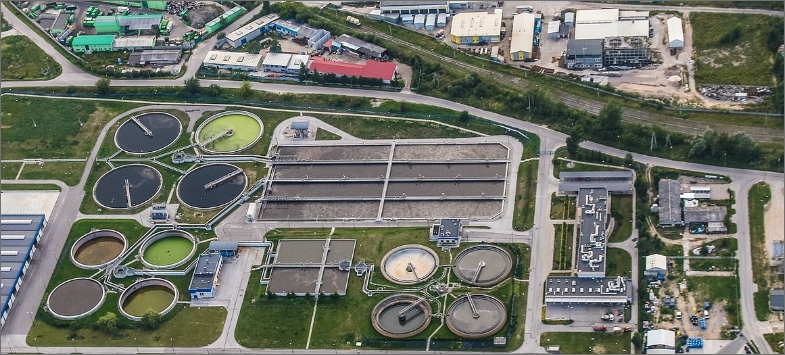

Wastewater
Many of West Virginia’s wastewater utilities have worked diligently to operate and maintain their systems, but only a quarter of these utilities employ asset management to extend the infrastructure’s life. Routine rehabilitation, service extensions, and day-to-day operations can overtax some utilities’ resources because user rates are too low, the rate-paying population base is dwindling, and existing financing mechanisms are undesirable. Therefore, as of 2020, significant portions of the state’s wastewater systems have deteriorated including 59 combined sewer systems requiring $1.2 billion to address state and federal requirements. From a positive perspective, inter-agency collaborations are expanding access to resources to upgrade wastewater infrastructure to meet new water quality standards and networks of wastewater sector personnel are responding to utilities impacted by natural disasters to share expertise, assist in returning to normal operations, and improve resilience.
State Fact Sheet
Download Fact Sheet
Aviation
$18.4 million in 2024 airport improvement grants across 7 major airports

Drinking Water
$4.6 billion total drinking water need

Transit
5.7 million passenger trips across 20 systems in 2023

Bridges
7,348 bridges, 18.6% of which were structurally deficient in 2024

Hazardous Waste
14 Superfund sites

Wastewater
$5 billion total wastewater need

Dams
423 high hazard dams

Levees
37 miles of levees protect 41,500 residents.

Roads
26% of roads are in poor or fair condition

Connect with Your Legislators
Let everyone know how important it is that we continue to invest in the future of America’s infrastructure.
Take Action Today
